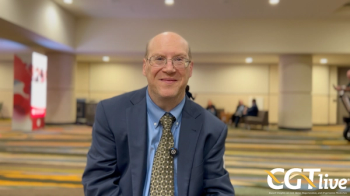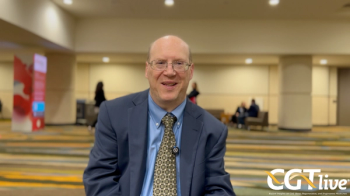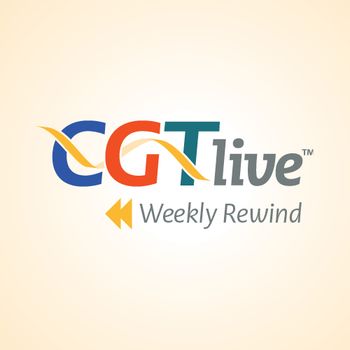
Nilotinib Produces High CR Rate in Treatment-Resistant CML
At a median of 4.9 months of therapy with the investigational agent nilotinib (Tasigna, formerly AMN107), 92% of patients with treatment-resistant chronic phase Ph+ chronic myeloid leukemia (CML) achieved a complete hematologic response with normalization of white blood cell counts, and 35% had a complete cytogenetic response. All patient had shown resistance or intolerance to optimized imatinib (Gleevec) therapy
HOUSTONAt a median of 4.9 months of therapy with the investigational agent nilotinib (Tasigna, formerly AMN107), 92% of patients with treatment-resistant chronic phase Ph+ chronic myeloid leukemia (CML) achieved a complete hematologic response with normalization of white blood cell counts, and 35% had a complete cytogenetic response. All patient had shown resistance or intolerance to optimized imatinib (Gleevec) therapy, reported Hagop Kantarjian, MD, of M.D. Anderson Cancer Center, and his colleagues. Dr. Kantarjian presented the results at the 2005 ASH meeting (see ONI May 2006, page 26), and updated data have now been published in the New England Journal of Medicine (354:2542-2551, 2006). The study was supported by a grant from Novartis Pharmaceuticals.
Nilotinib was designed to be a highly selective inhibitor of Bcr-Abl, including 32 of its 33 mutant forms. The study enrolled 106 patients with Ph+ CML (33 in blast crisis, 56 in accelerated phase, and 17 in chronic phase). The hematologic response rate for patients in accelerated phase was 75%, with a 55% rate of cytogenetic response. For patients in blast crisis, the response rates were 39% and 27%, respectively. Nilotinib was generally well tolerated. Common adverse events included myelosuppression, transient indirect hyperbilirubinemia, and mild-to-moderate rashes. It was usually not associated with certain toxicities seen with imatinib, eg, fluid retention, edema, and weight gain, or with pleural effusions.
In the same issue of the Journal appeared results of a phase I study of dasatinib (Sprycel). [See pages 1 and 62 of ONI for reports on the FDA approval of dasatinib and results of the phase II randomized study of dasatinib vs imatinib.] "Both nilotinib and dasatinib are more potent ABL inhibitors than is imatinib and inhibit all tested imatinib-resistant mutations except T315I," said Brian J. Druker, MD, in an editorial.
Newsletter
Stay at the forefront of cutting-edge science with CGT—your direct line to expert insights, breakthrough data, and real-time coverage of the latest advancements in cell and gene therapy.

















































